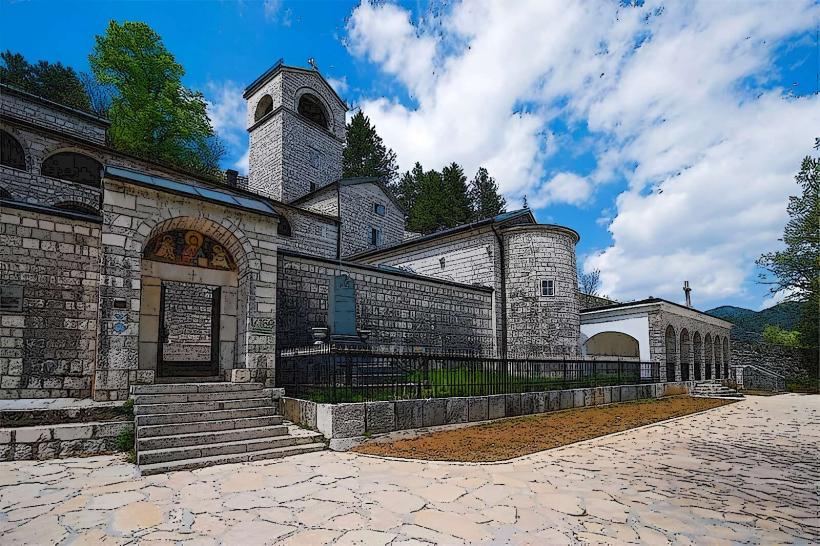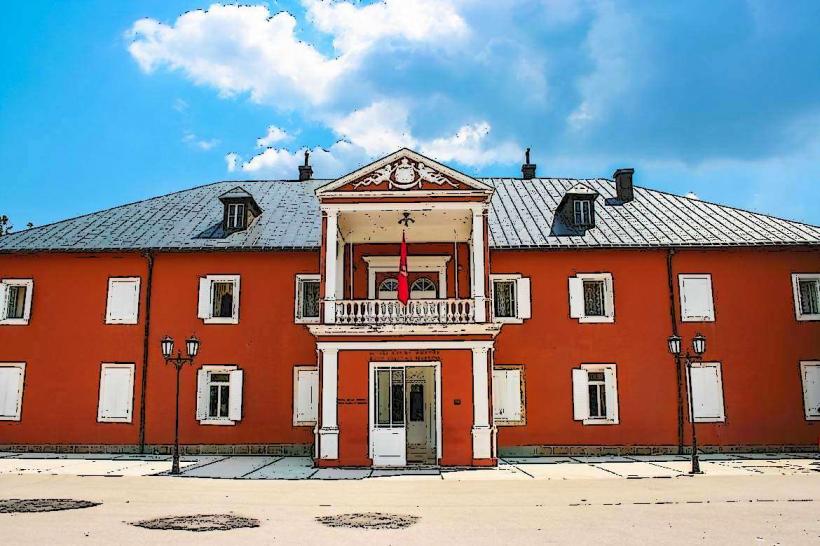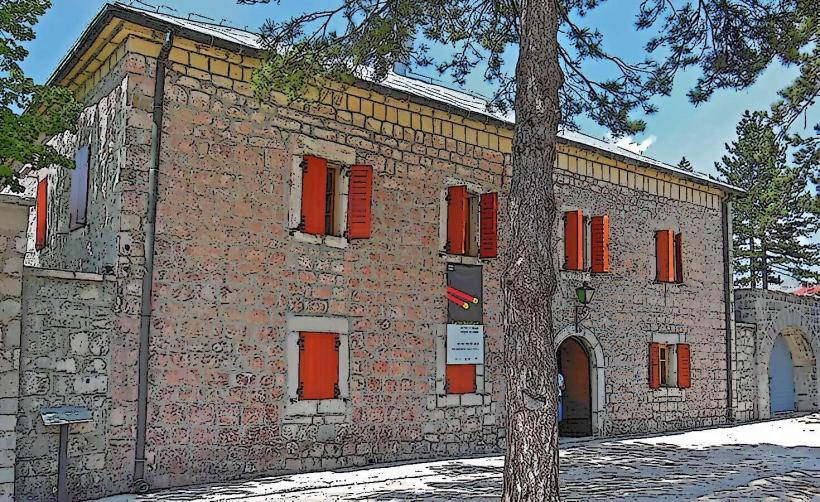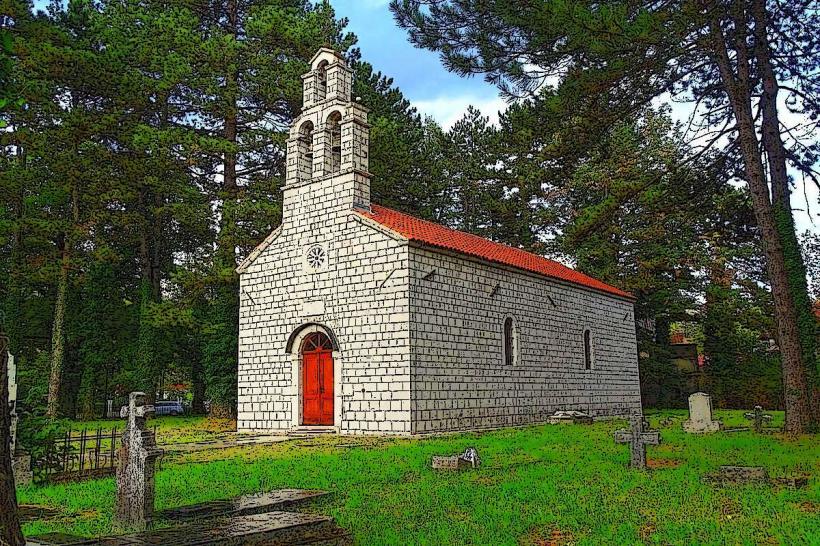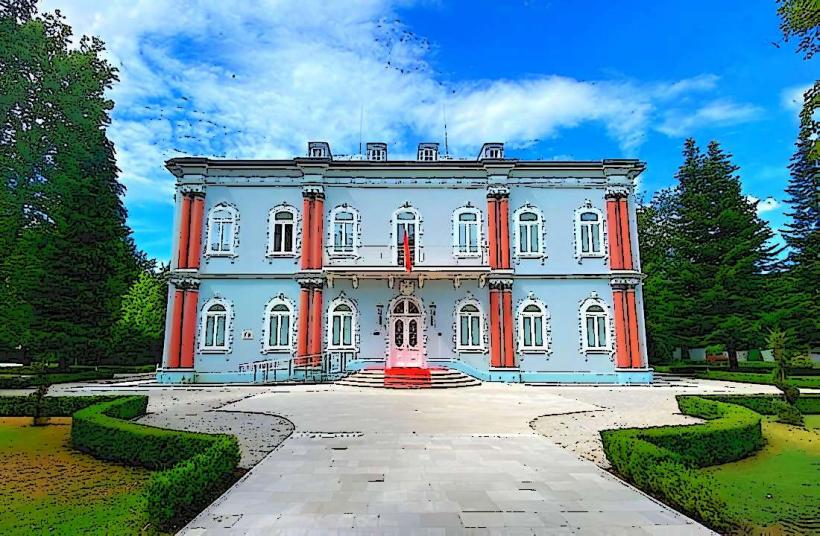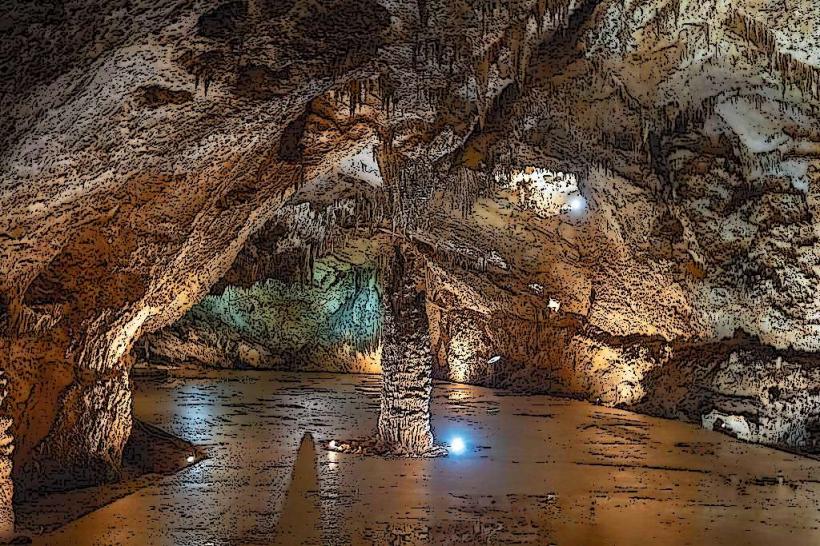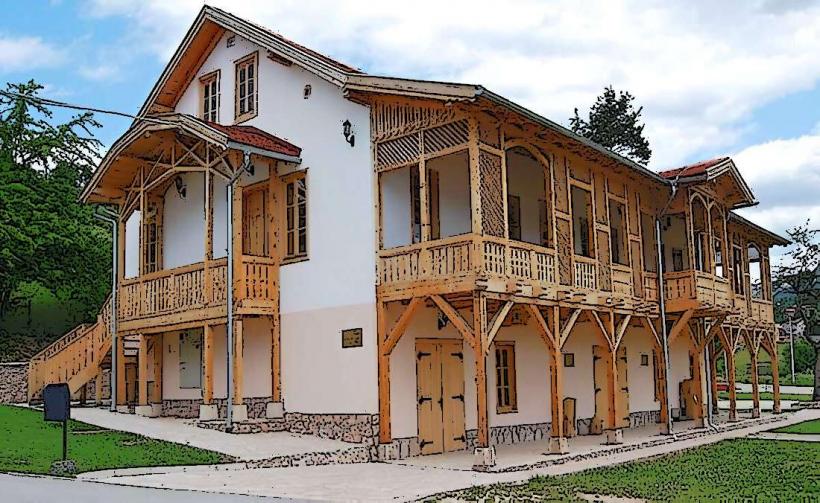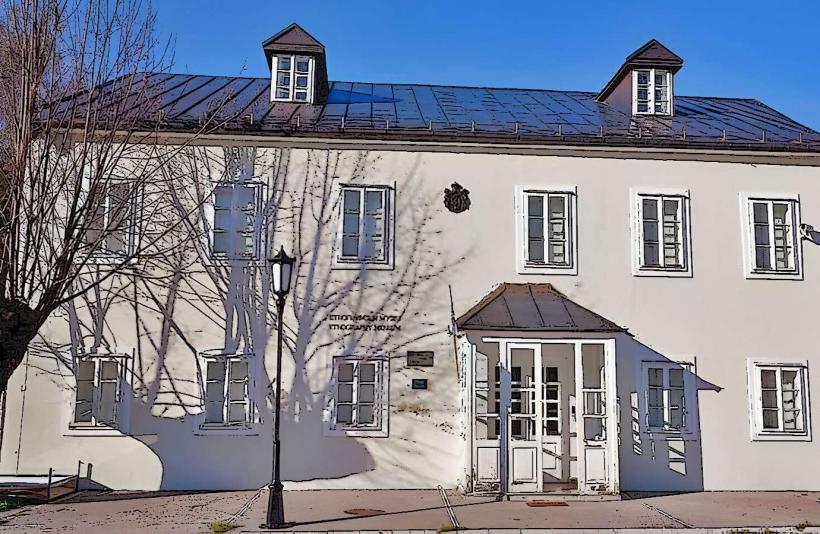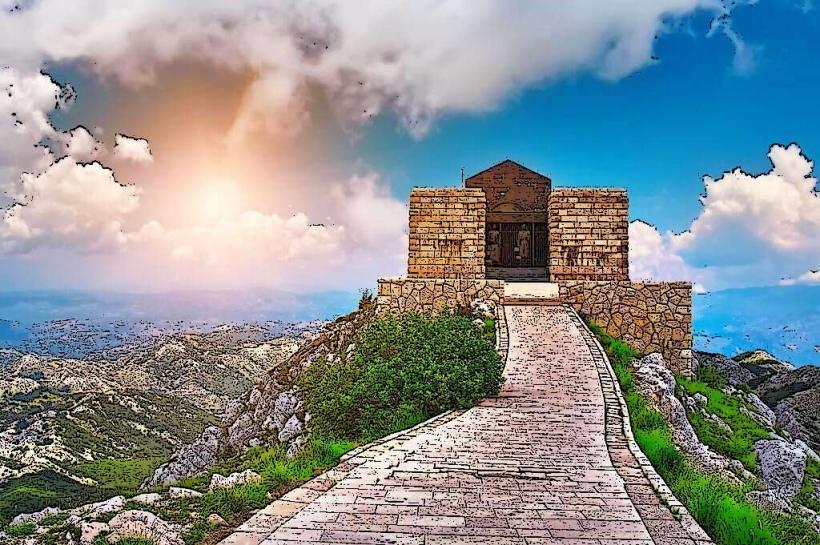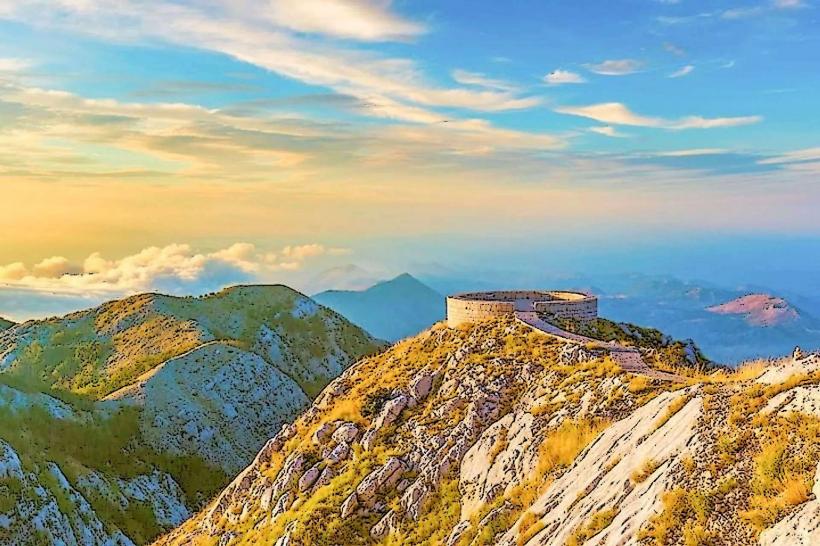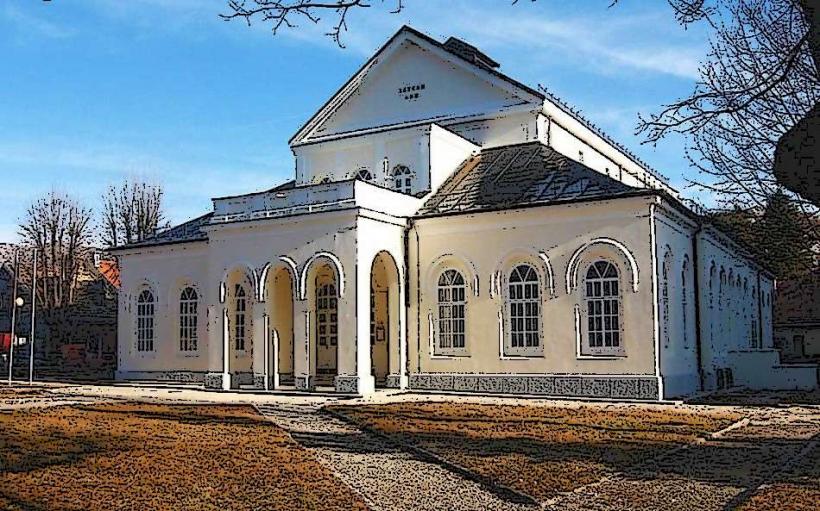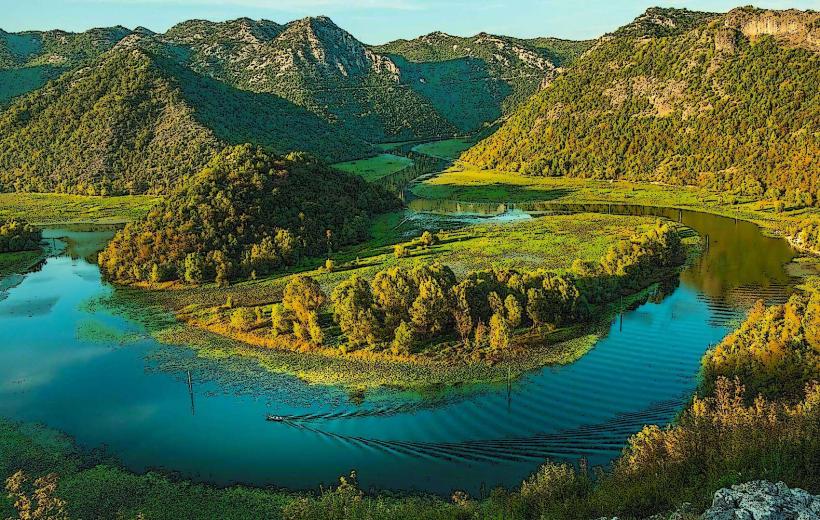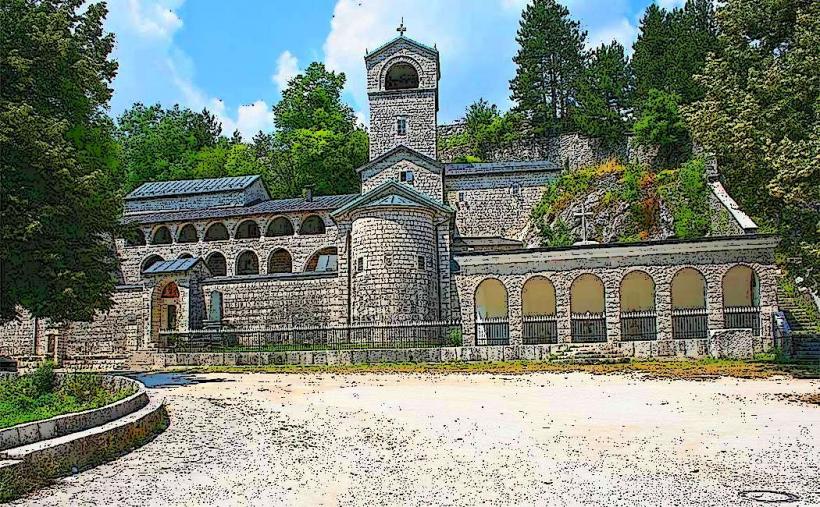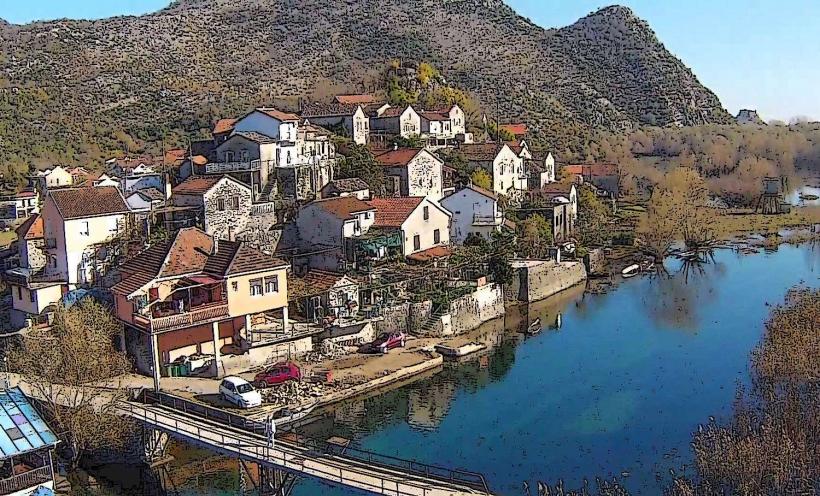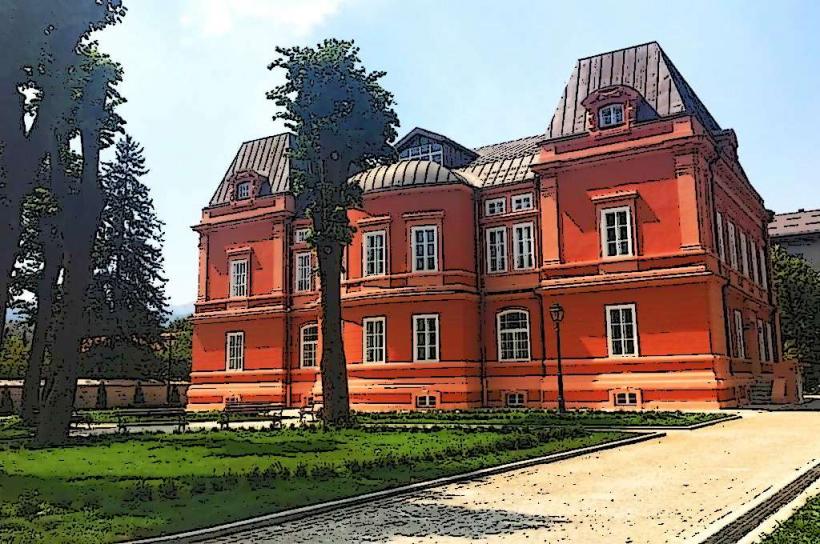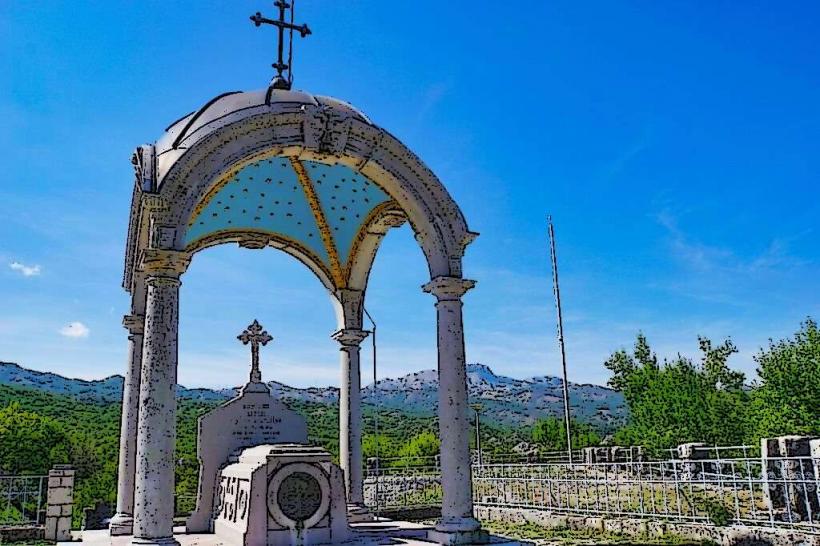Information
Landmark: National MuseumCity: Cetinje
Country: Montenegro
Continent: Europe
National Museum of Montenegro – Cetinje
The museum is an important cultural institution that spans various branches, and its main headquarters is indeed situated in Cetinje. This town, once the official capital of Montenegro, is home to many of the country’s most significant cultural landmarks, including royal palaces, monasteries, and other historical sites.
Museum Complex in Cetinje
The museum in Cetinje includes several key branches that focus on different aspects of Montenegro’s history, culture, and art:
Historical Museum of Montenegro: Located in the Billiard House (Biljarda), which once served as the residence of Petar II Petrović-Njegoš and later as the summer residence of the Montenegrin royal family, this branch houses exhibits on Montenegro’s history, from the ancient times through the medieval period, the Ottoman era, and the formation of the modern Montenegrin state.
Museum of Arts: This museum showcases the artistic heritage of Montenegro, including works from Montenegrin painters and sculptors, as well as the regional Byzantine and Venetian influences on Montenegrin art.
Museum of Natural History: A branch dedicated to the diverse flora and fauna of Montenegro, this museum highlights the country's biodiversity and the geological richness of the region.
Ethnological Museum: Located within the museum complex, this branch displays a variety of traditional Montenegrin costumes, folk art, tools, and objects reflecting the lifestyle and customs of Montenegrins from different regions.
Main Building and Architecture
The National Museum of Montenegro is housed in a beautiful historical building in the heart of Cetinje, providing an elegant setting for the diverse collections. The museum complex combines architectural styles from Neoclassical to Baroque, reflecting the rich cultural influences on Montenegro over the centuries.
Historical Significance of Cetinje as the Museum's Location
Cetinje was the capital of Montenegro for many centuries and is considered the spiritual and cultural center of the country. As such, it serves as a fitting location for the National Museum, preserving the cultural heritage of the Petrović-Njegoš dynasty, the Montenegrin Orthodox Church, and the country’s unique history.
Cetinje houses various other important landmarks, including the Cetinje Monastery, King Nikola’s Palace, and the Royal Theatre, making it a hub for visitors seeking to explore Montenegro's rich history.
Visiting the National Museum of Montenegro in Cetinje
Opening Hours: The museum is typically open to the public year-round, but it's advisable to check ahead for specific opening hours, especially during holidays or special events.
Exhibitions and Events: The museum hosts a variety of temporary exhibitions, educational programs, and cultural events. It is a vibrant part of Cetinje’s cultural life, providing both locals and visitors with opportunities to explore Montenegro's heritage.
Location: The museum is located in Cetinje, easily accessible from the town center. Visitors can also enjoy a walk through the historic streets, visiting nearby landmarks such as King Nikola's Palace and the Billiard House.
Conclusion
The National Museum of Montenegro in Cetinje is a major cultural institution that plays a vital role in preserving and displaying the country's heritage. Through its diverse collections and exhibits, the museum offers a comprehensive view of Montenegro's history, art, natural history, and cultural practices, making it an essential stop for anyone interested in learning about this fascinating country.

